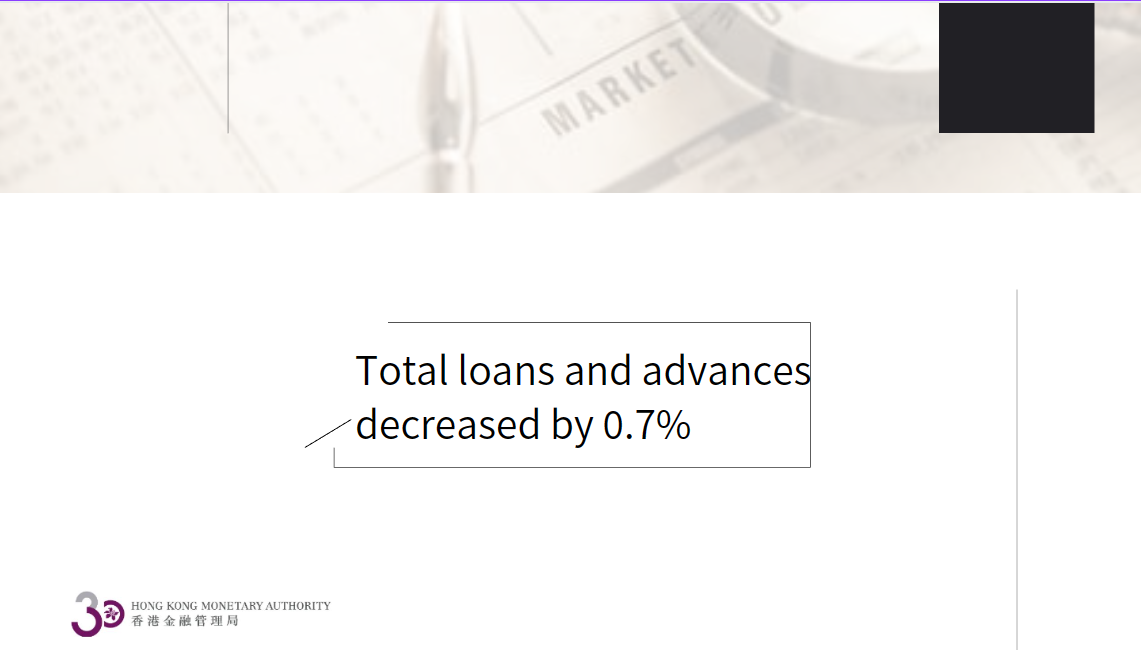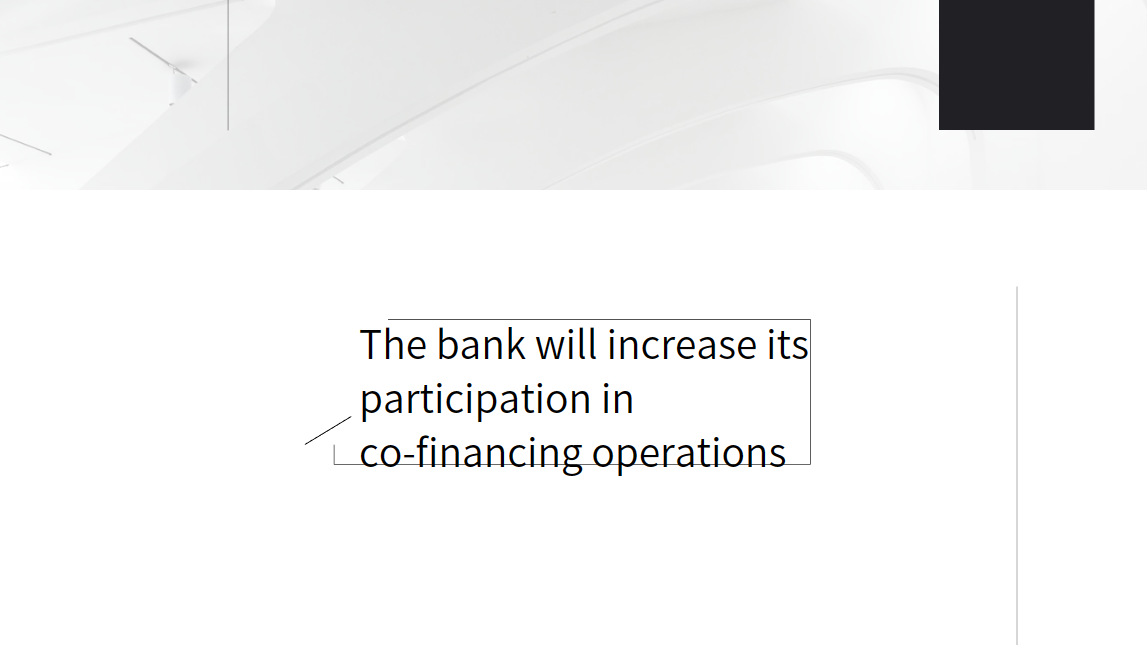Yulan Bond provides high-quality assets, helps push yuan internationalization
The first yuan-denominated "Yulan Bond," issued by the Bank of China through its Macao branch, has been successfully registered with the Shanghai Clearing House on Tuesday, according to the clearing institution's website.
In December 2020, the Shanghai Clearing House and Brussels-based Euroclear Bank announced the Yulan Bond, named after Shanghai's city flower, the magnolia. The two clearing institutions are interconnected to provide registration, custody, and settlement services, making the bonds a bridge connecting Chinese issuers with overseas investors.
Over the past few years, bond denominations have mainly been in US dollars and euros. This is the first time the bond has been issued with the Chinese yuan. Economic observers believe that the issuance of yuan-denominated Yulan Bond offers an opportunity to push forward the internationalization of China's yuan.
On one hand, the yuan-denominated Yulan Bond provides a new option for Chinese domestic enterprises to issue bonds in the international market, which will further expand the financing channels for Chinese companies.
On the other hand, with the interconnection of financial services between China and Europe, the Yulan Bond provides global investors with high-quality yuan-denominated assets, which will help promote the circulation of yuan in global securities investment.
According to media reports, the Yulan Bond is registered with Shanghai Clearing House, which serves the Chinese interbank bond market. However, global investors settle the securities within Euroclear's network and thus do not need to understand the Chinese settlement system.
Currently, as the strong dollar has become a hazard for the global economy, economies across the world have realized the urgency of de-dollarization. Admittedly, although the US dollar will continue to be the main currency in which countries hold their foreign exchange reserves and carry out international trade, a global trend toward de-dollarization has already begun.
However, the current global financial supply chains are a complex network, in which factors such as a US dollar-centered global payment system and the immature investment pool for non-dollar-denominated securities are big obstacles to de-dollarization. We need to overcome these obstacles step by step.
Against the backdrop of countries around the world cutting their usage of the US dollar, the Chinese yuan is increasingly being used in global trade. The yuan's primary feature is to serve the real economy, and its internationalization began during China's economic globalization. Market players have generated a demand for stable cross-border use.
However, as the Chinese yuan's internationalization advances, and the yuan circulating in the international economic system continues to increase, more attention should be paid to establishing a more mature investment market for the yuan. This can be achieved by providing more yuan-denominated financial products to expand investment channels for the yuan circulating in the global economic system and to further promote the yuan's internationalization.
Shanghai Clearing House has stated on its website that the issuance of yuan-denominated Yulan Bond is another practice of promoting the internationalization of the yuan. Bank of China issued 2 billion yuan ($282 million) worth of Yulan Bond with a tenor of two years, which were 2.92 times oversubscribed. The bond has attracted investors from countries including Japan, Malaysia, Singapore, the UK, Switzerland, and France, emphasizing the attractiveness of yuan-denominated assets in the global securities market.
As primary and secondary bond markets in China have been opened to international investors in recent years, the offshore market has also become a main venue for overseas investors to trade or invest in bonds issued by Chinese institutions. We believe that the Chinese-issued yuan bond market will thrive, and the vision will become increasingly clear, serving as a big step for the internationalization of the Chinese currency.





















































First, please LoginComment After ~